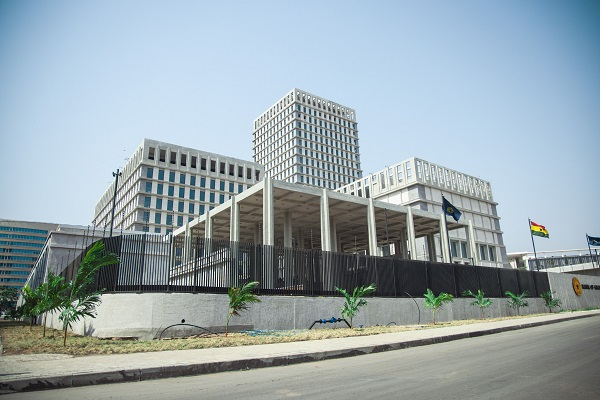India Unleashes A New Era In Travel With 2028 Mumbai-Ahmedabad Bullet Train Breakthrough
Tuesday, May 27, 2025

India is set to launch its first high-speed bullet train between Mumbai and Ahmedabad by 2028, promising faster travel, economic growth, and tech-driven progress.
India is on the brink of a transport revolution, with its first-ever bullet train project moving steadily from blueprint to reality. The Mumbai-Ahmedabad High-Speed Rail (MAHSR) corridor—India’s bold foray into ultra-fast rail travel—is rapidly taking shape and bringing the nation closer to a future of speed, efficiency, and modern connectivity.
Covering a stretch of 508 kilometers, the high-speed line is poised to become a symbol of technological progress. Officials anticipate that the initial segment in Gujarat will be ready for public service by 2028, with the full route extending to Mumbai operational by 2030. This state-of-the-art corridor will bridge two of India’s busiest commercial hubs, dramatically reducing travel time from more than seven hours to under three.
The impact of this high-speed link goes far beyond convenience. By cutting down travel durations so significantly, the bullet train is expected to enhance productivity, boost regional economies, and provide a high-capacity, eco-friendly alternative to road and air transport.
One of the most notable achievements so far has been the construction of over 300 kilometers of viaducts, a major structural component of the project. The National High-Speed Rail Corporation Limited (NHSRCL), the agency spearheading the project, has adopted cutting-edge construction technologies to keep the project advancing at a steady pace. A large portion—around 257 kilometers—of these elevated sections were built using the Full Span Launching Method (FSLM), which allows for the quick installation of massive concrete beams, each 40 meters long. This cutting-edge method significantly reduces construction time, offering a pace up to ten times faster than traditional approaches. The remainder of the viaducts has been constructed using the Span-by-Span technique.
In parallel with viaduct construction, foundational infrastructure like piers and track beds has also seen substantial progress. Track installation is already underway in parts of Gujarat, signaling a shift from civil construction to operational readiness. Dedicated depots are also being built to house and service the upcoming fleet of high-speed trains, which will boast sleek, aerodynamic designs modeled on Japan’s famous Shinkansen.
Indeed, this monumental initiative is the product of a robust partnership between India and Japan. Japan is not only providing financial support but also offering vital technological assistance, including training Indian engineers and sharing expertise in high-speed rail systems. This collaboration ensures that the bullet train network will meet global standards of safety, reliability, and passenger comfort.
The corridor will pass through several major locations, such as Bandra Kurla Complex, Thane, Virar, Surat, Vadodara, Anand, Ahmedabad, and Sabarmati. Each of these stops is being developed into a modern transit hub, with station designs that blend futuristic elements and local architectural inspirations. These thoughtfully designed stations aim to deliver a unique identity while ensuring seamless mobility and comfort for travelers.
NHSRCL is also laying the groundwork for smooth future operations by conducting ridership forecasts, passenger flow simulations, and pricing strategies. These preparations are crucial to ensuring that the service is both financially sustainable and accessible to a broad segment of the population.
With every milestone reached, the Mumbai-Ahmedabad high-speed rail line reinforces its potential to transform how Indians travel. It is more than just a train; it represents an entirely new ecosystem of fast, reliable, and environment-conscious transportation.
The bullet train will serve as a powerful catalyst for regional development, drawing investment, generating employment, and reshaping real estate landscapes around its stations. In the long run, it is expected to inspire similar high-speed corridors across other parts of India, accelerating the country’s journey toward modern infrastructure.
As the project gains momentum, anticipation grows. With gleaming new trains set to glide across purpose-built tracks at speeds exceeding 300 km/h, India’s railways are preparing for a leap into the future. The countdown has begun—not just to a faster journey between cities, but to a new way of moving through life.










